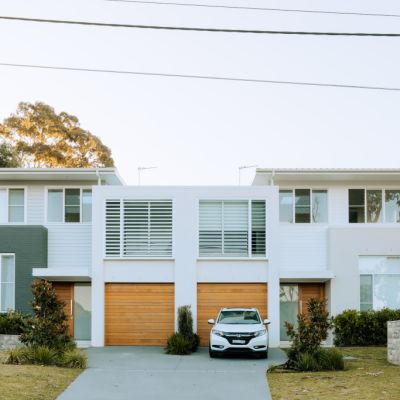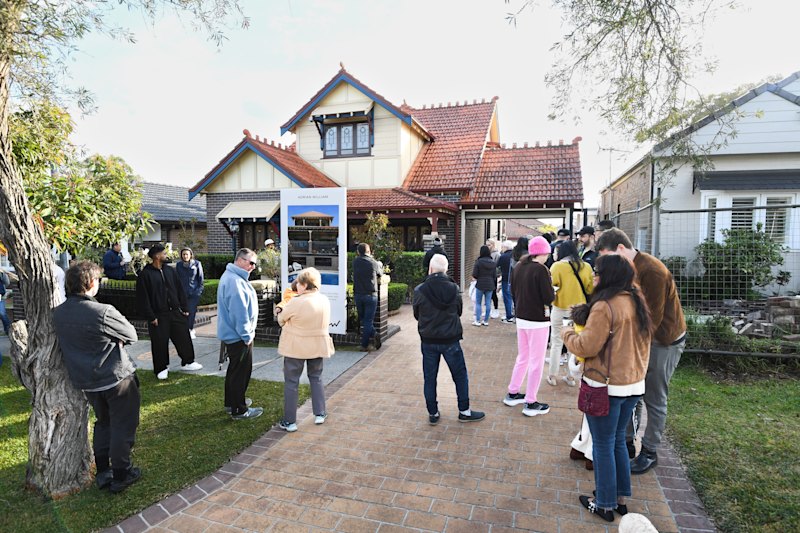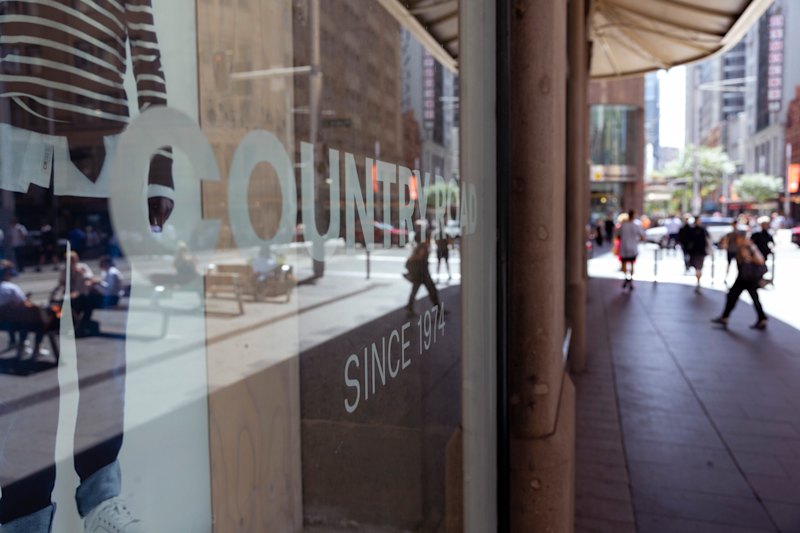What will happen to interest rates in 2023? Experts reveal their predictions
Updated February 7, 2022
Update: The RBA has increased the cash rate target by 25 basis points to 3.35 per cent.
Mortgage-holders and home buyers can expect more interest rate rises in the first quarter of this year, but the good news is that most economists now predict the official interest rate will start coming down by late 2023 or early 2024.
The Reserve Bank of Australia’s (RBA) cash rate could peak between 3.35 per cent and 3.85 per cent, they predict, before runaway inflation of 7.8 per cent over the past year is brought back to heel.
Then, in the fourth quarter of this year, or the early part of next, the cash rate could well be lowered to sit back at a more “neutral” figure – which could just happen to be around today’s level or slightly under.
“That Consumer Price Index (CPI) inflation rate just out signals that more work still needs to be done, so there’s scope for the RBA to raise rates a little further,” said Westpac chief economist Bill Evans. “The next step in inflation will be pressure building from rising wages with the unemployment rate still at its 50-year low of 3.5 per cent.
“But in the US, inflation came off very quickly and we are seeing some costs falling here, like building costs, consumer goods and supply chain pressures. There are some lags in the system, which is the argument for pausing any more rate changes in the first half of this year and we think inflation will slow down to about 3.7 per cent.”
That means another RBA rate rise in March, according to Evans, which would be the 10th month of sharp increases, pushing the cash rate to 3.6 per cent.
But Gareth Aird, head of Australian economics at the Commonwealth Bank of Australia, believes the annual rate of inflation has already spiked and could fall to 3.4 per cent by late 2023; much closer to the RBA’s 2 to 3 per cent target band. He believes the RBA is close to pausing in their tightening cycle.
“We believe a higher terminal cash rate is inconsistent with a soft landing,” he said. “Then we have 50 basis points of rate cuts in our profile for the fourth quarter of 2023.
“We expect the unemployment rate to grind higher over 2023 to end the year at 4.25 per cent and we retain our call that the peak to trough fall in national home prices will be 15 per cent. We expect the trough to be reached in the third quarter of this year.”
Interest rate predictions – How high could rates go? |
|||
| How high could the cash rate go? | When could the cash rate peak? | When could the cash rate start coming down? | |
| Bill Evans, Westpac | 3.85% | May 2023 | Early 2024 |
| Gareth Aird, CBA | 3.35% | February 2023 | Late 2023 |
| Gareth Spence, NAB | 3.60% | March 2023 | Early 2024 |
| Felicity Emmett, ANZ | 3.85% | May 2023 | Late 2024 |
| Shane Oliver, AMP | 3.35% | February 2023 | Late 2023 / early 2024 |
| Sean Langcake, BIS Oxford Economics | 3.60% | March/April 2023 | Mid 2024 |
It’s a slightly less optimistic outlook ahead from the NAB and ANZ bank economists. At NAB, senior economist Gareth Spence predicts the cash rate will peak in March at a higher 3.6 per cent. Only then will consumer demand start slowing enough to bring down inflation to an acceptable rate.
“Inflation is past its peak, but the numbers are still too high,” he said. “The RBA has done a lot to bring up the cash rate very quickly and the economy has remained quite strong with lots of things last year still rebounding.
“But some of the recovery and spending is running its course and there was a 1 per cent fall in retail sales in December after a bit of a bounce in November with Black Friday sales. So, I see that rate staying till early 2024 … and then we’ll have a couple of cuts in the first quarter of that year as the economy stabilises and we’ll come back to a neutral rate of between 3 per cent and 3.5 per cent in February-March.”
At ANZ, senior economist Felicity Emmett is slightly more gloomy, expecting three cash rate rises from the RBA over this February, March and then May, to a top rate of 3.85 per cent.
“After that, the Reserve Bank will hold for an extended period into late 2024, given we’ll still see quite a lot of inflationary pressures,” she said. “Then our expectation is that we’ll get a small decrease in the cash rate in late 2024 and see a further decrease in 2025.
“The RBA will want to see demand slow enough to meet the supply capacity of the economy and, once that does happen, they can pull the cash rate down to something closer to normal, like 3 per cent or 2.5 per cent.”
Each month, the Reserve Bank of Australia (RBA) board meets and sets the cash rate target, sometimes referred to as the “official” interest rate. The cash rate serves as a benchmark for home loan interest rates, which are normally a few percentage points higher.
The key issue is just how long it will take to rein in inflation. The danger could be that inflation gets baked into wages as they’re index-linked to CPI rises, warns Sean Langcake of BIS Oxford Economics.
“I see 25 basis point cash rate rises coming definitely in February and then in March or April to a peak of 3.6 per cent,” he said. “Inflation is an important piece of the puzzle and we’ve still got a great deal of excess demand in the system and we’ve starting to see it being driven by demand and wages rather than supply shocks.
“There’s been a lot of work done already by the rapid rate rises and not all the impacts have yet been felt. So, we’re balancing to make sure we don’t over-tighten but I don’t see the rate coming down again until mid-2024 which is a long way out.”
AMP chief economist Shane Oliver sees the RBA at, or close to, the peak on rates, while inflation is easing, economic growth is likely stronger than expected and property prices are likely to fall further through to September 2023.
“Australian home prices are likely to fall another 9 per cent or so as rate hikes continue to impact, resulting in a top-to-bottom fall of 15-20 per cent,” Oliver said. “But prices are expected to bottom around September, ahead of gains late in the year as the RBA moves towards rate cuts.”
We recommend
States
Capital Cities
Capital Cities - Rentals
Popular Areas
Allhomes
More

/http%3A%2F%2Fprod.static9.net.au%2Ffs%2Fe278b5f8-08f8-4c67-95c2-59cc5388979c)









